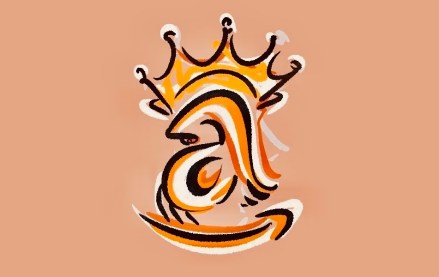Roughly a decade ago, while in business school, I became enthralled by behavioral economics. Behavioral economics holds that rational economic models seldom prevail. Most people who lose a $10 bill on the way to the movies will still buy a movie ticket, whereas most people who lose their ticket (also of $10 in value) will not buy a new one. Reality gets in the way of models.
The key to social advertising is creative that people find engaging and want to share, just as a key component of any good economic theory is reality. If advertising before Ogilvy and Wunderman was all art, and advertising since has mostly been engineering, I think we’re entering an era of true “imagineering” in digital that finally combines art and science.
The current obsession in the industry is with audience-based targeting platforms. Programmatic and exchange-based ad buying are the equivalent of econometrics, or classical economics. Getting the best prices and optimizing effectively are important. They’re critical to making this industry work at scale. But great trading doesn’t matter unless the creative moves real humans with their subjective and unpredictable emotions to react, and in social advertising to share. It’s not worth debating which part is more important; the answer is both.
At BuzzFeed we spend a ton of time measuring and engineering for sharing. We don’t believe sharing just happens, that it’s like catching lightening in a bottle. We spend equal time thinking about what is great creative that people will relate to, experience novelty in, and want to share. We tracked 2 billion events across 225 million uniques of partner traffic in our Mongo databases in June, but we also applied the best of our creativity to hundreds of organic posts and branded content posts in conjunction with our agency and brand partners.
For social advertising to reach its true potential, it must be guided by math and moved by art. We need to trade like econometricians and do creative like behavioral economists.
More in Media

Publisher strategies: Condé Nast, Forbes, The Atlantic, The Guardian and The Independent on key revenue trends
Digiday recently spoke with executives at Condé Nast, Forbes, The Atlantic, The Guardian and The Independent about their current revenue strategies for our two-part series on how publishers are optimizing revenue streams. In this second installment, we highlight their thoughts on affiliate commerce, diversification of revenue streams and global business expansion.

How sending fewer emails and content previews improved The New Yorker’s newsletter engagement
The New Yorker is sending newsletters less frequently and giving paid subscribers early access to content in their inboxes in an effort to retain its cohort of 1.2 million paid subscribers and grow its audience beyond that.

The Rundown: How Amazon is wooing publishers to bolster its $50 billion ad business
Enhancements to Amazon Publisher Cloud and debut of Signal IQ represent the triopolist’s latest adland overture.





